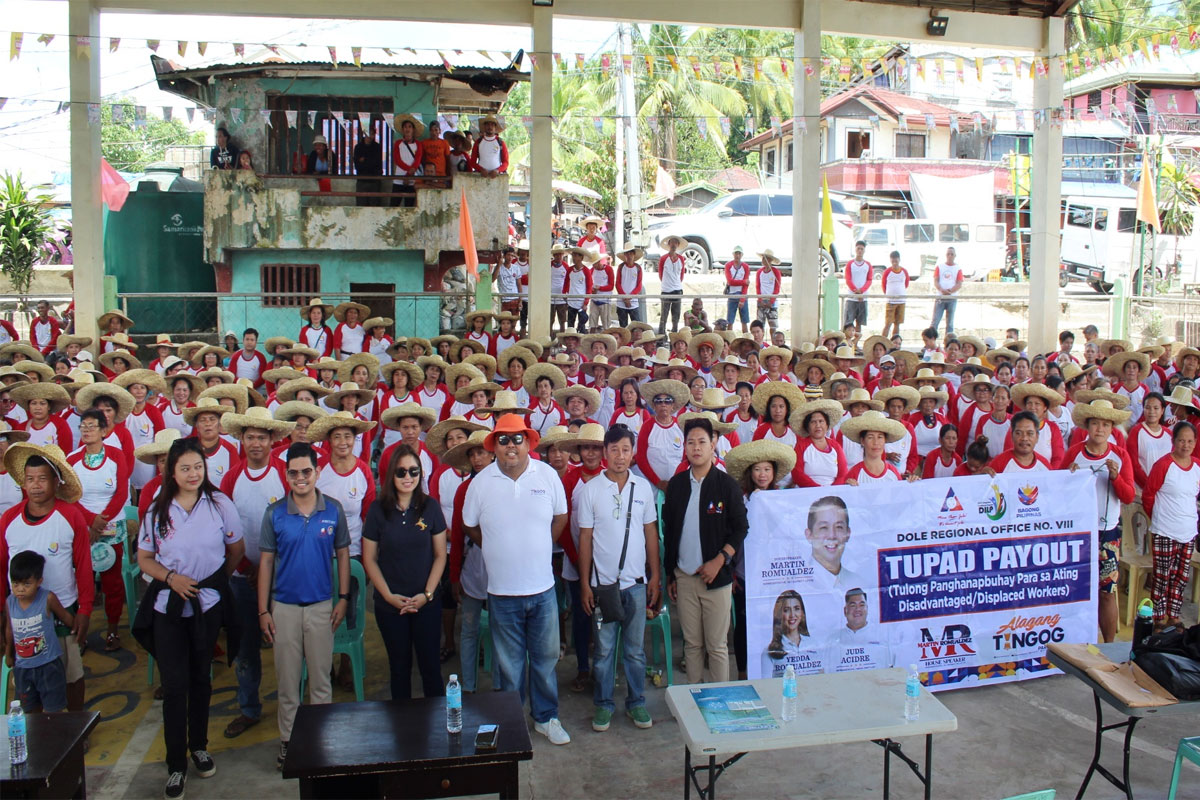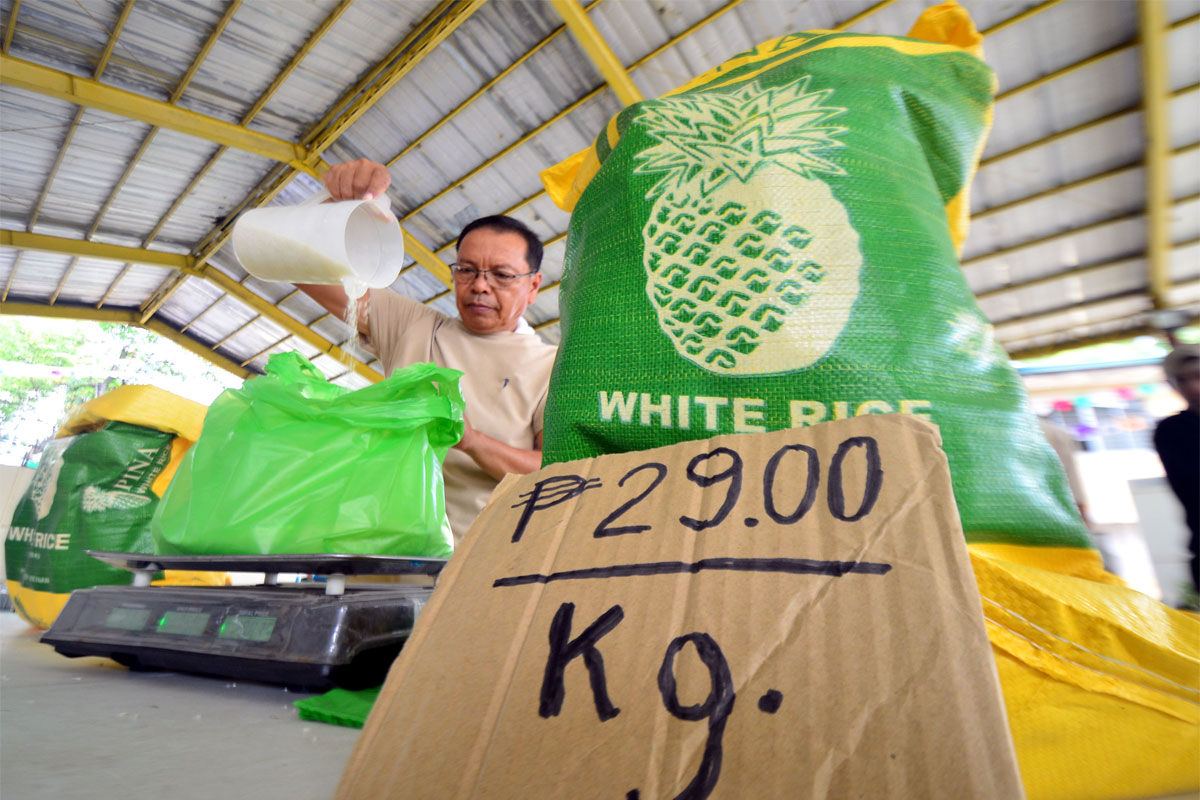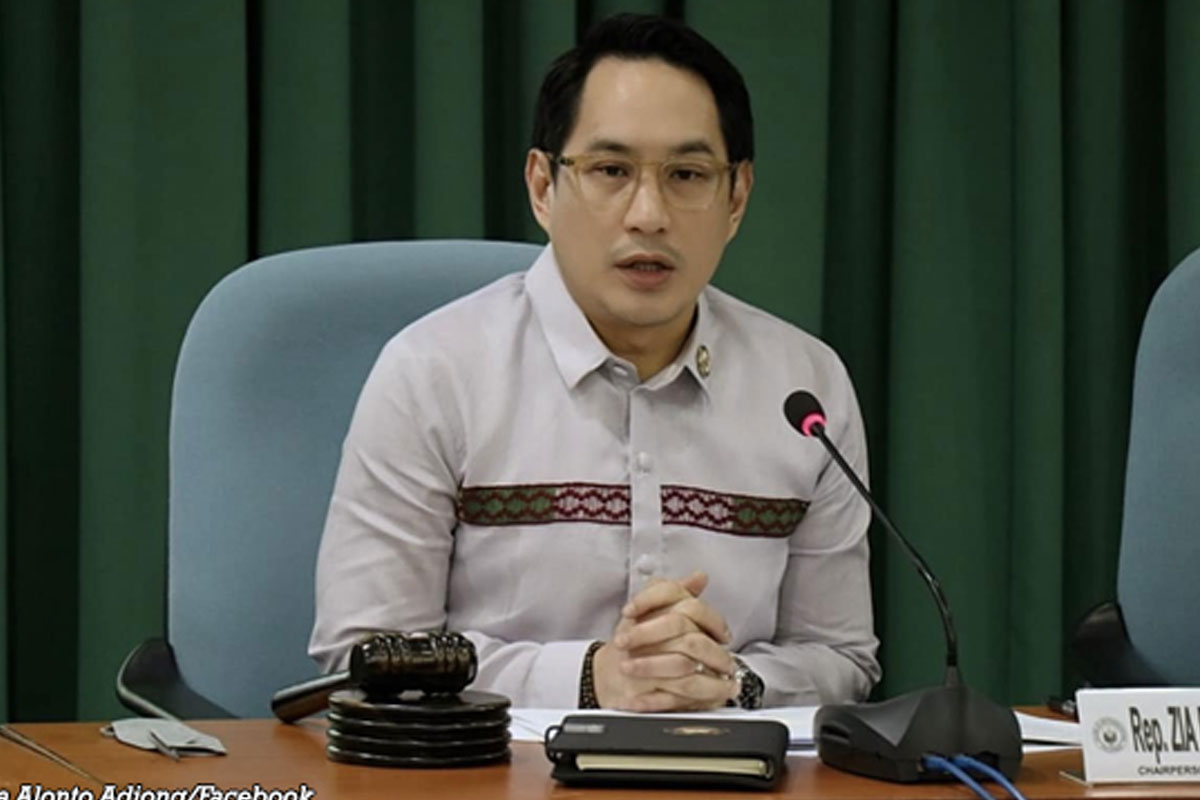
‘Odette’ trees can be used for rehab efforts – DENR
FALLEN or uprooted trees in areas affected by typhoon Odette can now be used for the rehabilitation efforts in said areas.
In a memorandum issued by the Department of Environment and Natural Resources (DENR) acting Secretary Jim Sampulna, he ordered the DENR field offices to issue wood recovery permits (WRPs) for uprooted trees in areas particularly affected by typhoon “Odette”.
Sampulna explained that WRPs primarily “provide an additional wood requirement for the rehabilitation program of the local and national government units, such as for housing materials.”
Sampulna’s directive in effect partially lifted the WRP suspension includes fire-damaged trees, covering both naturally-growing trees and planted trees in forestlands, alienable and disposable lands, and privately-owned lands.
However, Sampulna stressed that the lifting order is only for typhoon uprooted and fire-damaged trees and does not cover areas within protected areas.
“The issuance of WRP for the retrieval and disposition of abandoned logs, drifted logs, sunken logs, tree stumps, tops, and branches are still suspended until further notice and upon comprehensive review and assessment to be conducted on the matter,” Sampulna said in the order.
He stressed that no collection of forest charges will be imposed and that DENR officials will only issue a WRP within 3 months after the occurrence of a typhoon or fire.
Areas ravaged by typhoon Odette in December 2021 are given 3 months to retrieve and dispose of typhoon-damaged trees from the issuance of the memorandum.
Under the order, only qualified applicants can apply for WRPs under 2 categories: tenure instrument holders, local government units (LGU), and national government agencies for forestlands; and land/lot owner and LGU for alienable and disposable lands and private lands.
The order also specified the coverage of authority and validity period of the WRP issued.
For timber volume with 15 cubic meters (cu.m.) and below, the DENR Community Environment and Natural Officer (CENRO) or the implementing Provincial Environment and Natural Resources Officer (PENRO) will be the approving authority, while the regional executive directors cover timber volume above 16 cu.m. to more than 1,000 cu.m.
The periods of validity according to the volume of wood covered by the WRP issued are as follows: 50 cu. m., 50 days; 51 to 70 cu.m., 60 days; 71 to 100 cu.m., 90 days; 101 to 200 cu.m., 120 days; 201 to 300 cu.m., 150 days; 301 to 500 cu.m., 6 months; 501 to 650 cu. m., 7 months; 651 to 750 cu. m., 8 months; 751 to 850 cu.m., 9 months; 851 to 950 cu.m., 10 months; 951 to 1,000 cu.m., 11 months; and more than 1,000 cu. m., 1 year.
“The concerned CENRO/implementing PENRO upon learning of the existence of retrievable wood materials (uprooted and typhoon/fire-damaged trees) shall conduct 100% inventory of these wood materials,” Sampulna said.
Citing abuses in WRP issuances and as convenient cover for illegal logging activities, former DENR Secretary Elisea Gozun issued an order in May 2003, suspending the DENR Administrative Order No. 2000-78 which specifies the guidelines for the “Regulations in the Recovery and Disposition of Abandoned Logs, Drifted Logs, Sunken Logs, Uprooted and Fire/Typhoon Damaged Trees, Tree Stumps, Tops, and Branches.”
















